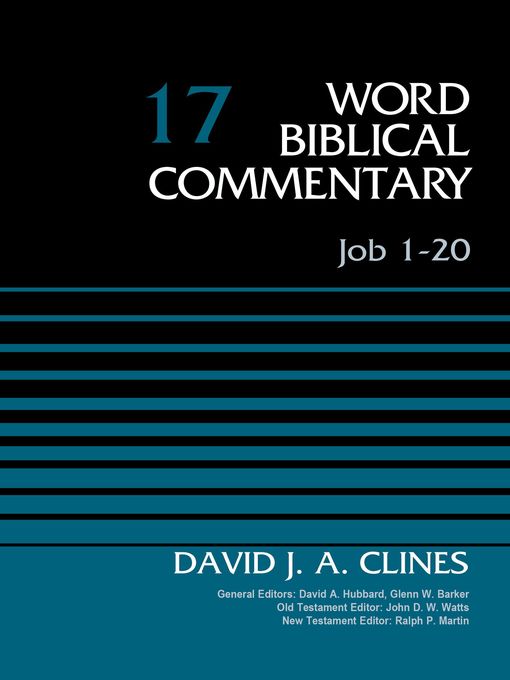Over 2 million copies sold in The Word Biblical Commentary series.
This commentary series delivers the best in biblical scholarship from the leading scholars of our day who share a commitment to Scripture as divine revelation.
It emphasizes a thorough analysis of textual, linguistic, structural, and theological evidence, resulting in judicious and balanced insight into the meanings of the text in the framework of biblical theology. These widely acclaimed commentaries serve as exceptional resources for the professional theologian and instructor, the seminary or university student, the working minister, and everyone concerned with building theological understanding from a solid base of biblical scholarship.
Overview of Commentary Organization:
